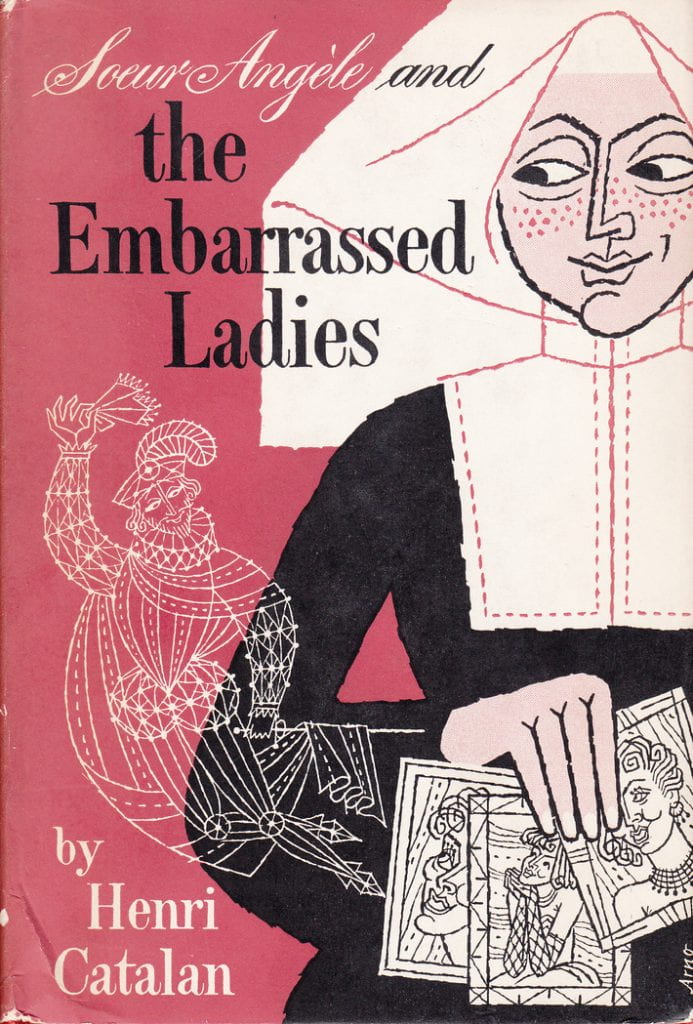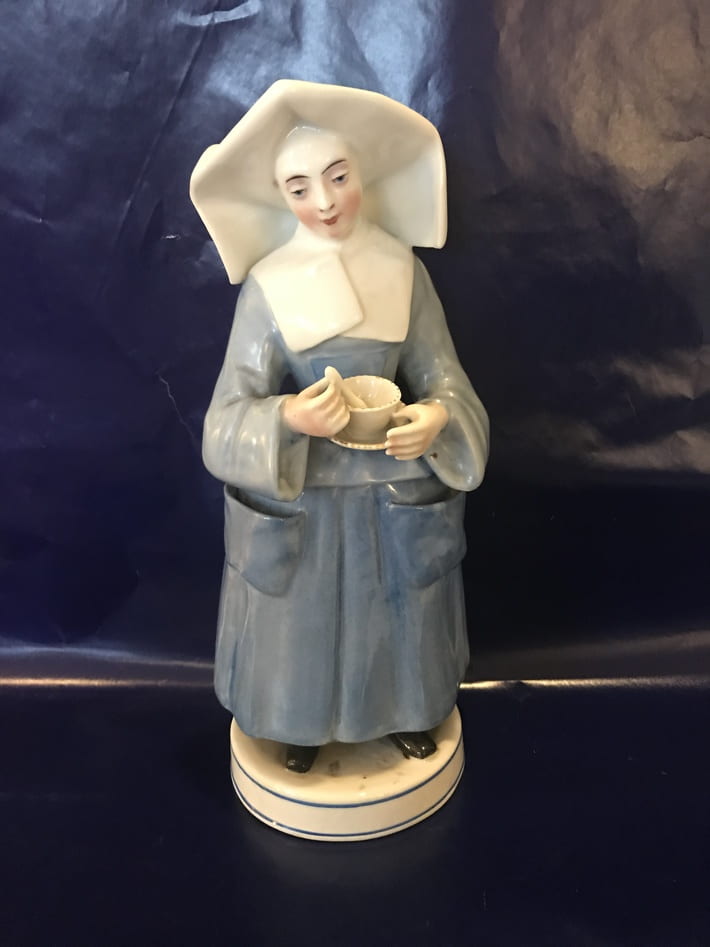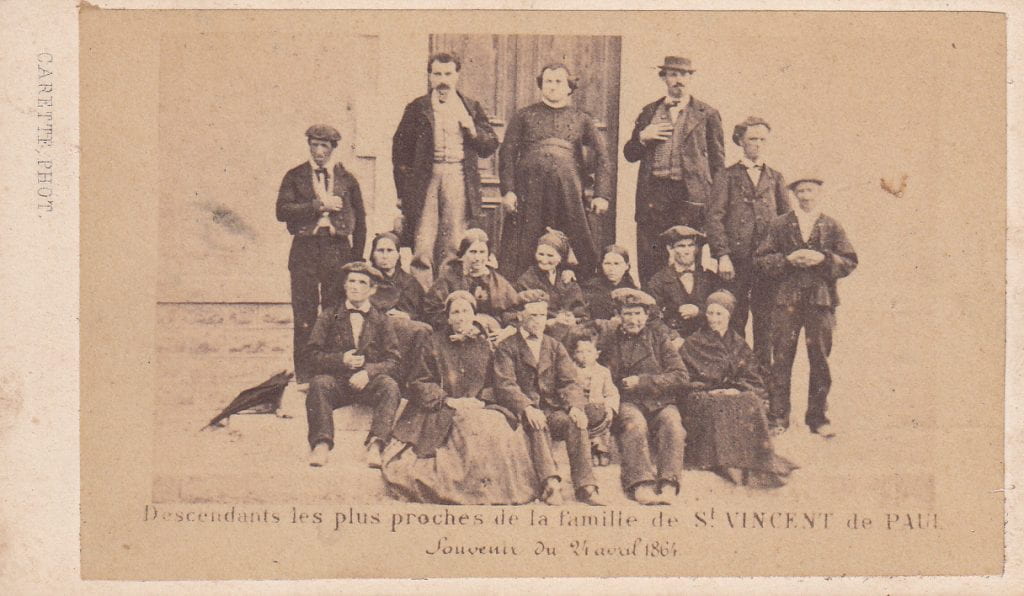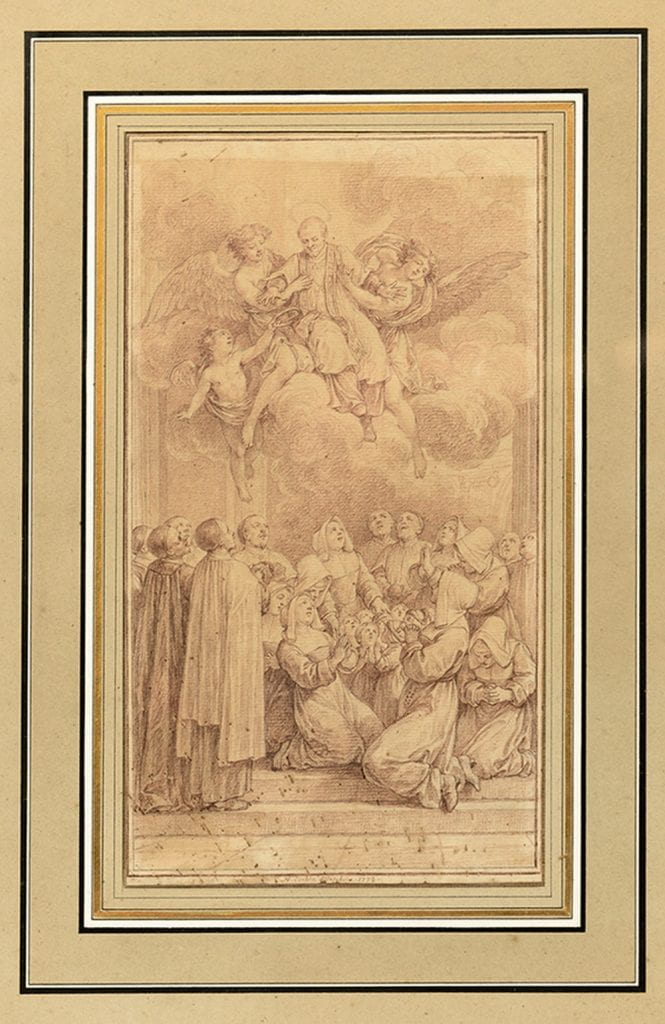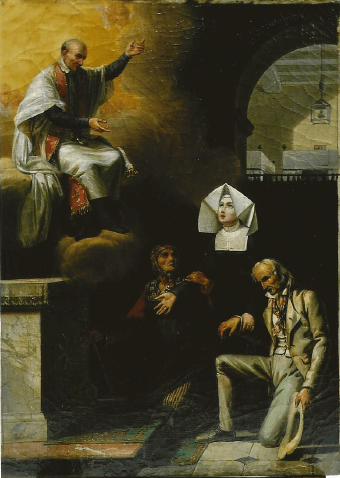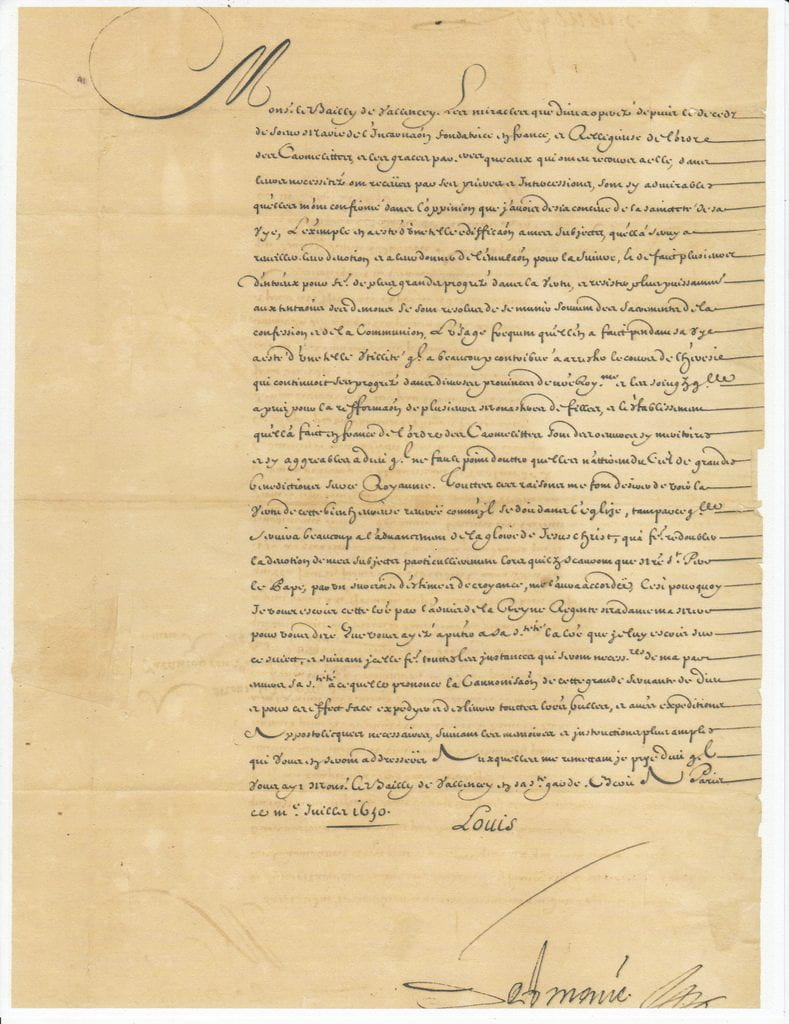
The Vincentiana Collection of Archives and Special Collections at DePaul University has recently acquired a July 1650 manuscript letter of Louis XIV to his ambassador in Rome supporting the canonization of the famous Barbe Acarie or as she was known in her Carmelite convent: Soeur Marie de l’Incarnation.
Transcription, Translation, and Annotation below.
Thanks to Matthieu Brejon and John Rybolt for their assistance.
Transcription
[Louis XIV to Valencey] Mons[ieur] le Bailly de Vallencey. Les miracles que Dieu a operez depuis le décédz de Sœur Marie de l’Incarnaton, fondatrice en France et religieuse de l’ordre des Carmelites, et les graces particulières que ceux qui ont eu recours à elle dans leurs nécessités ont receues par ses prieres et intercessions sont sy admirables qu’elles m’ont confirmé dans l’oppinion que j’avais déjà conçue de la sainteté de sa vye. L’exemple en a été d’une telle édiffication à mes subjects qu’elle a servi à raviver leur devotion et à leur donner de l’emulation pour la suivre, et de faict plusieurs d’entre eux pour faire de plus grands progrez dans la vertu et resister plus puissamment aux tentations des demons se sont resolus de se munir souvent des sacrements de la confession et de la communion. L’usage fréquent que l’on en a faict pendant sa vye a été d‘une telle utillité qu’il a beaucoup contribué a arrester le cours de l’heresie qui continuoit ses progrez dans diverses provinces de nostre Royaume et les soingz quelle a pris pour la refformation de plusieurs monasteres de filles, et l’establissement qu’ell’a faict en France de l’ordre des Carmelittes sont desormais sy meritoires et sy aggreables à Dieu qu’il ne faut point doutter qu’ils n’attirent du Ciel de grandes benedictions sur ce Royaume. Touttes ces raisons me font desirer de voir la vertu de cette bienheureuse reçue comme il se doit dans l’Eglise, tant par ce qu’elle servira beaucoup à l’advancement de la gloire de Jesus Christ, qui fera redoubler la devotion de mes subjects particullierement lorsqu’ilz scauront que nostre Saint Père le Pape, par un surcroise d’estime et de croyance, me l’aura accordëe. C’est pourquoy je vous escris cette lettre par l’advis de la Reyne Regente madame ma mere pour vous dire que vous ayez à presenter à sa sainteté la lettre que je luy escris sur ce suiect et, suivant icelle, faire touttes les instances qui seront necessaires de ma part et amener sa sainteté à ce qu’elle prononce la Cannonisation de cette grande servante de Dieu et pour cet effect qu’on face expedyer et deslivrer touttes les bulles et autres expeditions appostoliques necessaires, suivant les memoires et instructions plus amples qui vous en seront addressëes. Auxquelles me remettant je prye Dieu qu’il vous aye, Monsieur le Bailly de Vallencey, en sa sainte garde. Escrit à Paris ce mois de Juillet 1650. Louis [Side 2] [Addressed] A Mons[ieur] le Bailly de [Vallenc]ey con … cou.els […] a Rome. Monsieur le Bailly de Valancey.
English Translation
The miracles which God has granted since the death of Sister Marie de l’Incarnation, religious, and founder in France of the order of the Carmelites, and the graces which have been received by those who have prayed for her intercession are so admirable that they have confirmed the opinion I had already formed of the sanctity of her life. Her holy example has provided great edification to my subjects who in their devotion have sought to follow her example and vowed to make great progress in virtue by strongly resisting the demons which so resolutely try to distract them from the sacraments of confession and communion. The example of the frequent usage she made of these sacraments in her life has greatly contributed to stop the spread of the heresy which has grown in various provinces of our Kingdom. The great care that she took to reform so many monasteries of women and the establishment which she made in France of the Order of Carmelites are so meritorious and pleasing to God that it is beyond doubt that these actions have attracted Heaven’s blessing upon Our Kingdom. All of these reasons have led me to wish that the virtue of this blessed religious will be recognized by the Church and thus greatly contribute to the advancement of the glory of Jesus Christ and in particular to increase the devotion and esteem of my subjects for our Holy Father the Pope. It is for this reason, at the advice of the Queen-Regent, my mother that I am writing you on this subject. Do all that you can on my behalf to urge His Holiness to canonize this great servant of God. In order to accomplish this please forward all the bulls and other necessary Apostolic documents following the detailed instructions which I am sending to you. I pray that God will preserve you Monsieur le Bailly de Valancey. From Paris this month of July 1650. LOUIS
Blessed Marie de l’Incarnation (Barbe Acarie) (1566-1618). One of the key spiritual figures of the famous l’age d’or (age of gold) which provided the basis for the reform of the French Catholic church at the dawn of the 17th century. A noble widow, and mother of seven children Madame Acarie belonged to the circle of the dévots in France. She helped to bring to France the Discalced Carmelites founded by Teresa of Avila (1603). She also played a role in the founding of the French Oratory of Jesus with her cousin Pierre de Berulle, as well as bringing the Ursulines to France. She was renowned for her charity, mysticism, and zeal for the faith. After the death of her husband in 1614 she entered the Carmel at Amiens as a lay sister. She died in 1616. She was beatified by Pius VI in 1791,
Henri d’Estampes-Valençay (1603-1678) as a child was enrolled in the order of Saint John of Jerusalem (the Order of Malta). He rose to the high position of bailiff in the order. He was a knight, and successively served as the commander in Metz, general in chief of the French navy, and general of the galleys of Malta. He served as French ambassador to the Holy See from 1652 to 1654, then as ambassador to Venice. He rose in positions of leadership and prominence in the Order of Malta. His desire for a cardinal’s hat was frustrated by the promotion of Jean-François de Gondi the Cardinal de Retz as coadjutor to his uncle, the archbishop of Paris. Valencay died in Malta in 1678.
The Coste edition of Vincent de Paul’s Correspondence, Conferences and Douments, records one letter of the saint to him in November 1653 (Volume 5, pg 54). There are two other mentions of the ambassador. (Volume 4, pgs. 271 and 585).
Louis XIV (1638-1715) at age 5 succeeded his father Louis XIII to the throne of France. His mother Anne of Austria (1601-1666) served as regent from 1643 to 1651 when at age 13 the king reached his majority. The Queen and Cardinal Mazarin continued to play key roles in the kingdom until the king undertook his personal rule in 1661 after Mazarin’s death.

